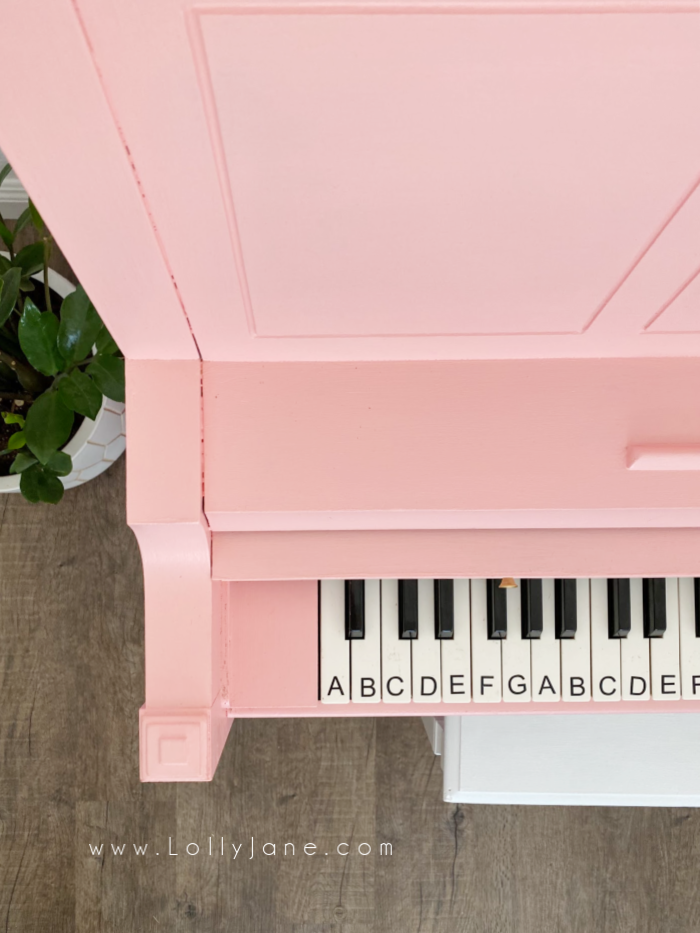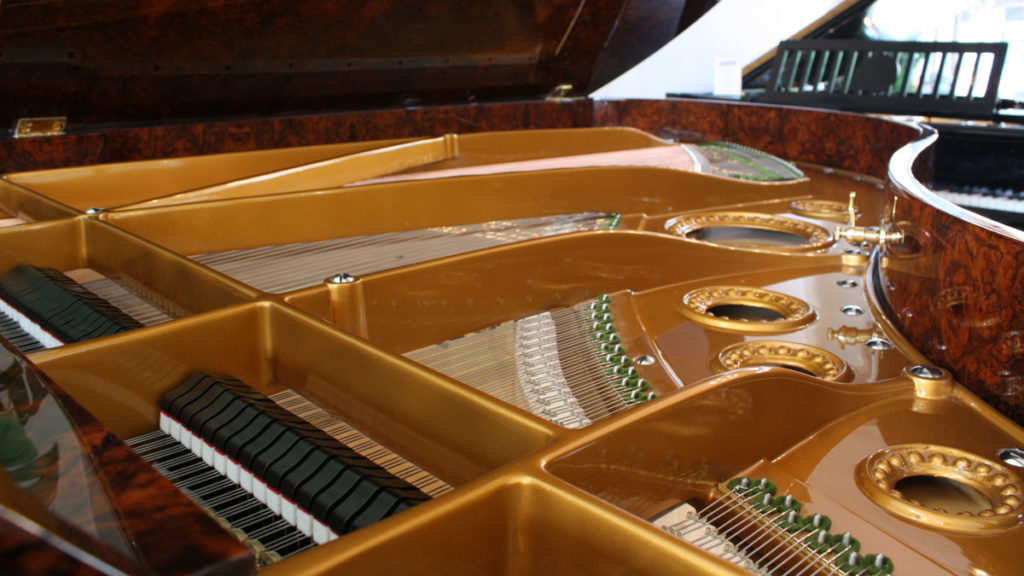

Grand pianos also have the option to lift up the lid and expose the strings, which greatly enhance the volume. It also offers them a crisper, cleaner sound for repeated notes, and better responsiveness to the player. Without springs, the action that moves the hammer is less likely to break down over time.


Grand pianos rely on gravity to put the hammers back to their resting positions instead of springs. In a grand style piano, the strings are oriented horizontally and the hammers lift up to strike the strings. That means that the hammers that strike the strings move horizontally, and they are held in place by a spring. Each key is connected to a hammer that strikes the strings of the piano to create sound.Įarlier, I mentioned that the strings of an upright piano are oriented vertically. Sign up successful The Mechanics of the Pianoĭid you know that the piano is technically a percussion instrument, like a drum set? Any kind of instrument where you hit something with something else is a percussion instrument, and that is exactly what happens inside the piano whenever you push one of the keys. These are the nine-footers, and they are commonly used alongside orchestras for piano concertos, and by professionals in larger music venues. The largest size of the grand family is the “concert” grand. The next size up, the “parlor” grand, is another popular choice for those looking for a rich professional sound and a magnificent living room centerpiece. These are the style you might find at a music school or a university. These measure between 5’9” and 6’2” in length. When people talk about a “grand” piano, they are probably referring to the middle size of the grand family, the “professional” grand. The baby grand is the most popular for home use, since the sound quality is great and they are more affordable than the larger sizes. The next size up is the “baby” grand, and they tend to be between 5’ and 5’5” feet long. The “petit” grand is the smallest classification, which range from 4’5” to 4’11” in length. In the grand family, there are actually seven different size classifications. “Grand” is a term used to describe any style of piano where the strings inside are oriented horizontally, as opposed to “upright” pianos where they are oriented vertically. You have probably figured that they are different sizes, but there is actually plenty more to it than that! In this article, I’ll discuss the size and the mechanical differences, and explain how they affect the sound and feel of the piano. baby grand? Maybe you’re just curious, or maybe you’re in the market for one.

Have you ever wondered what the difference is between a grand piano vs.


 0 kommentar(er)
0 kommentar(er)
